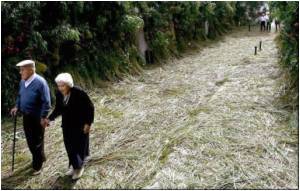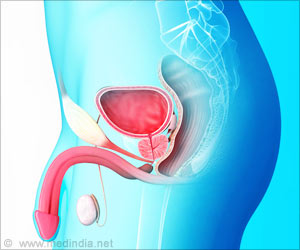
Of the 1705 men aged over 70 years or over who participated in the study, 25 percent met one or more of the PBS criteria for osteoporosis treatment. Ninety percent of the men who met the PBS criteria were unaware they had osteoporosis.
Ms Bleicher said that this lack of awareness may have resulted in substantial underestimation of osteoporosis prevalence in men in a recent report by the Australian Institute of Health and Welfare that relied in self-report of osteoporosis.
"Identifying men who will benefit from osteoporosis treatment and increasing the proportion of eligible men receiving appropriate treatment is a public health issue," Ms Bleicher said.
"Both non-pharmacological treatments and pharmacological treatments need to be implemented to reduce fracture rates.
"Currently it is projected that, because of the ageing population, hip fractures may double by 2026 and increase fourfold by 2051."
Advertisement
"An important step forward is to build public and general medical awareness that osteoporosis is common in older men and that minimal trauma fractures and vertebral deformities are indicators of increased risk of future fractures.
Advertisement
Source-Medindia











